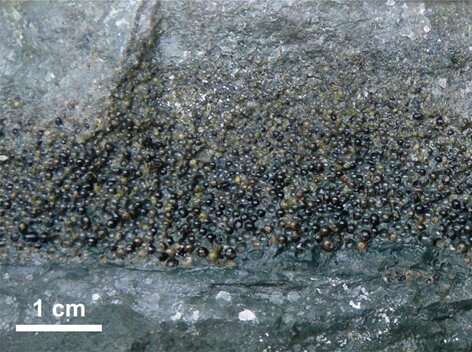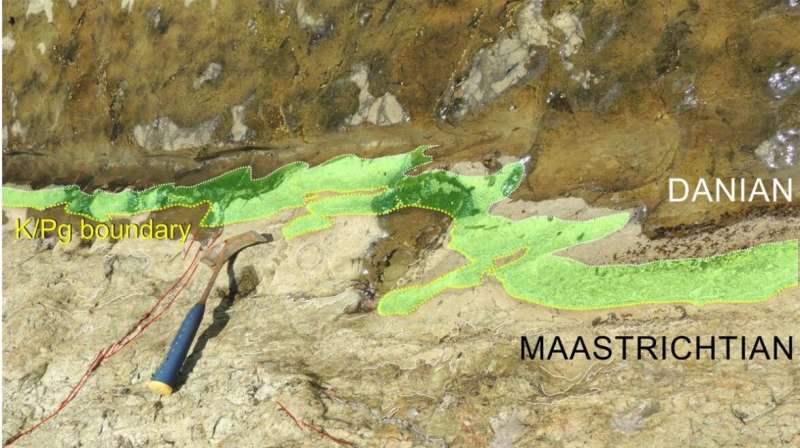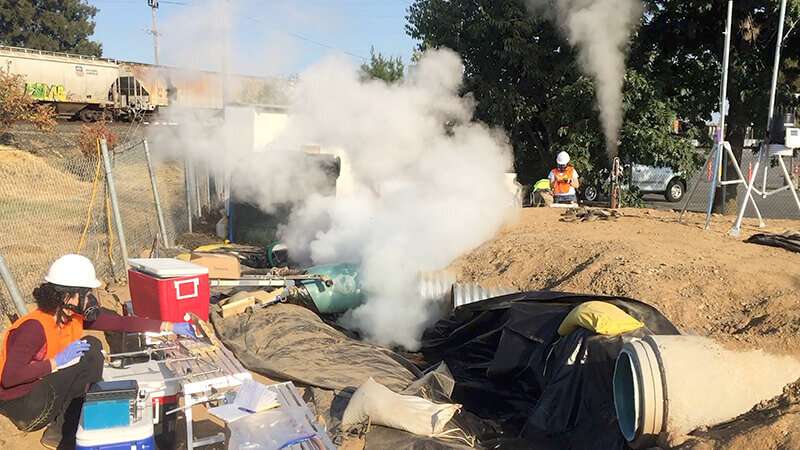FOR PROFIT HEALTHCARE
New West Health-Gallup poll: 114 million Americans think the US healthcare system is failing them
1 in 3 Americans say healthcare in America deserves an F for affordability
Reports and ProceedingsIMAGE: WEST HEALTH-GALLUP HEALTHCARE IN AMERICA REPORT view more
CREDIT: 2022 GALLUP
WASHINGTON, D.C. — Oct. 6, 2022 — Nearly half the country (44%), or about 114 million Americans, give poor (30%) or failing (14%) grades to the U.S. healthcare system, percentages that climb higher and grow even more negative when it comes to affordability and health equity, according to a new report from West Health and Gallup, the polling organization.
The 2022 West Health-Gallup Healthcare in America Report asked a nationally representative sample of more than 5,500 Americans to provide a letter grade (A-excellent, B-good, C-satisfactory, D-poor and F-fail) for the healthcare system overall and to give individual grades for affordability, equity, accessibility and quality of care.
High marks were in short supply across the board, with the healthcare system getting an average grade of C-minus. Women and Hispanic and Asian Americans were more negative, with about half of each group assigning it a grade of D or F compared to about 40% of males, and 43% of White and Black Americans.
Nothing, however, earned more failing grades than affordability, which for three-quarters of Americans — an estimated 190 million adults — deserved no higher than a D (41%) or F (33%), for an average grade of D-minus. A top grade of A was virtually nonexistent (1%), only 6% went as high as a B, and 19% gave it a middling grade of C. The negative feelings about healthcare affordability were strikingly similar across gender, age, race, household income and political persuasion.
“After years of higher prices, growing inequities, skipping treatments, getting sicker, or borrowing money to pay medical bills, it’s no wonder so many Americans view the health system so poorly,” said Timothy A. Lash, President, West Health. “This new report should send a strong message to policymakers that despite the healthcare provisions in the Inflation Reduction Act, most of which will not take effect for some time, there is still immediate work to be done to lower healthcare prices.”
Report Card on Healthcare Equity, Access and Quality of Care
Two-thirds of Black Americans (66%) and a similar percentage of Asian Americans (64%) gave a D or F for equity, the ability of every person to get quality care when they need it regardless of personal characteristics. That’s more than the 55% of Hispanic Americans and 53% of White Americans who deemed health equity to be poor or failing. Black, Hispanic and Asian Americans and women were also more critical when it came to access to care. More than 40% of each of these groups gave access Ds and Fs, compared to about a third of White Americans and men.
Quality of care was the only aspect of the healthcare system that received more positive than negative marks, though it was still only able to earn an overall grade of C-plus. Less than half (47%) gave it an A or B grade, but a significant gender divide emerged, with women much less likely to give high grades for quality than men (38% vs. 57%). Black and Hispanic Americans were more negative on quality and less likely to give top marks than the general population (36% each vs. 47% overall).
Making the Grade — Why Do So Many Americans View Healthcare So Poorly?
Millions of Americans struggle every day in the face of a high-cost healthcare system, a struggle that not only results in a bad report card but in negative real-life consequences. Nearly one in five Americans say they or a family member had a health problem worsen after being unable to pay for needed care and an estimated 70 million people (27%) report that if they needed quality care today, they would not be able to afford it.
“What I’ve done instead is ration healthcare…medicine. Using less to make it last. Using less than was prescribed in order to make it last longer...Things weren’t as good as they could have been if I’d been using it...the way I should have been,” said 71-year-old Anne Courtney Davis from Ohio, one of the survey respondents.
Additional Key Findings
- 66% of Americans say their household pays too much relative to the quality of care that it receives, up six points compared to April of last year.
- Half the country, about 129 million people, lack confidence they will be able to afford healthcare as they age.
- Two in three Americans under 65 are worried Medicare will not exist when they turn 65, and 3 in 4 adults 62 or younger say the same about Social Security.
- 17% cut back on healthcare services to pay for other household goods with women more likely to do so than men (about 50% more likely); and Black (23%) and Hispanic (24%) Americans 53% and 60% more likely than White adults (15%).
- Six in 10 Americans report that cost is an extremely important or important factor when considering a recommended medical procedure or medication.
- People 50 to 64 are nearly twice as likely to say cost is extremely important as those over 65 (29% vs. 16%) — rates that run even higher for Black (39%) and Hispanic adults (41%).
“While America’s grading of the U.S. healthcare system is troubling, it provides a roadmap for healthcare systems and policymakers to invest and fix areas with the greatest impact to shift sentiment,” said Dan Witters, Research Director for the Gallup National Health and Well-Being Index. “What we must remember is that there are actual people behind these grades and that too many Americans are persistently struggling to access and afford quality healthcare.”
Note to Media If you wish to receive any additional information about the survey, including further demographic groups responses, please contact kristjan_archer@gallup.com.
Methodology
Results are based on surveys conducted June 21-30, 2022, with n=5,584 adults, aged 18 and older, living in all 50 U.S. states and the District of Columbia as a part of the Gallup Panel. For results based on these samples of national adults, the margin of sampling error at the 95% confidence level is +1.6 percentage points for response percentages around 50% and is +1.0 percentage points for response percentages around 10% or 90%, design effect included. For reported subgroups, the margin of error will be larger, typically ranging from ±3 to ±4 percentage points. All demographic group comparisons in the report are significant at p<.05 unless otherwise noted. Learn more about how the Gallup Panel works.
About West Health
Solely funded by philanthropists Gary and Mary West, West Health is a family of nonprofit and nonpartisan organizations including the Gary and Mary West Foundation and Gary and Mary West Health Institute in San Diego, and the Gary and Mary West Health Policy Center in Washington, D.C. West Health is dedicated to lowering healthcare costs to enable seniors to successfully age in place with access to high-quality, affordable health and support services that preserve and protect their dignity, quality of life and independence. Learn more at westhealth.org and follow @westhealth.
About Gallup
Gallup delivers analytics and advice to help leaders and organizations solve their most pressing problems. Combining more than 80 years of experience with its global reach, Gallup knows more about the attitudes and behaviors of employees, customers, students and citizens than any other organization in the world.
METHOD OF RESEARCH
Survey
SUBJECT OF RESEARCH
People






